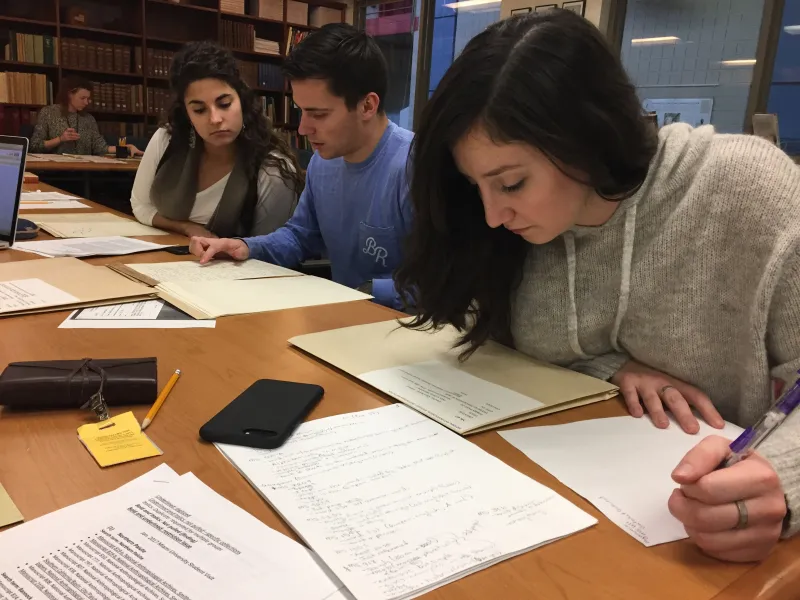
Search
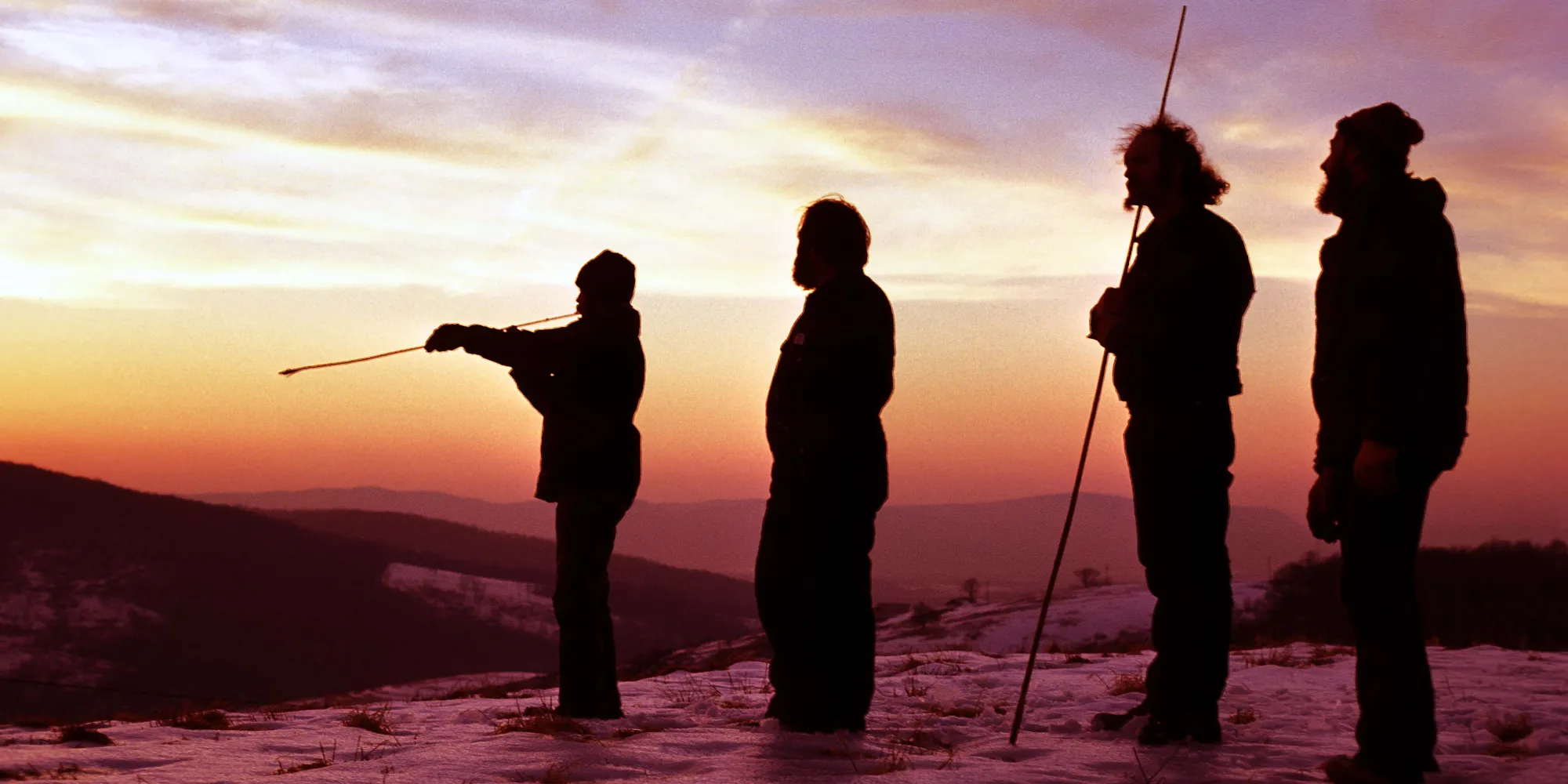
News from Recovering Voices
Myaamia Students in DC for the National Breath of Life Archival Institute for Indigenous Languages Material Selection
By: Kara Strass with Jarrid Baldwin, Logan York, Brandon Butcher, and Katin Angelo
05/09/2017

We are rapidly approaching the 2017 National Breath of Life Archival Institute for Indigenous Languages, a 2 week hands-on workshop that promotes the revitalization of endangered languages from May 29th-June 9, 2017. The National Breath of Life institute brings together approximately 30 Indigenous community members from across the country to the nation’s capital where they will learn to utilize archival documentation on their heritage languages. The program is funded by a grant from the National Science Foundation as part of the Documenting Endangered Languages program, a joint effort between the National Science Foundation and the National Endowment for the Humanities with additional support from the Smithsonian’s Recovering Voices initiative. The program planning and implementation is completed through a partnership between the Myaamia Center at Miami University in Ohio and Recovering Voices. The Institute is co-hosted by the Smithsonian’s National Museum of Natural History and the National Museum of the American Indian as well as the Library of Congress.
While the overall planning process is ongoing, a key part of the preparations involves selecting archival materials for the BOL participants so that they have materials to work with as soon as they arrive. Starting in 2015 and continuing in 2017, Miami Tribe (Myaamia) students have traveled to Washington, D.C. to work with Dr. Gabriela Pérez Báez, Curator of Linguistics at the Smithsonian’s National Museum of Natural History in this curatorial process. As the graduate assistant in the Myaamia Center, I was able to travel to Washington, D.C. with the three students and my coworker Jarrid to help comb through the archival material at the National Anthropological Archives (NAA). It was wonderful to not only have the experience of helping with language revitalization work, but also to have conversations with the Myaamia students and the Recovering Voices staff about the revitalization process, and specifically how it relates to the Myaamia revitalization process.
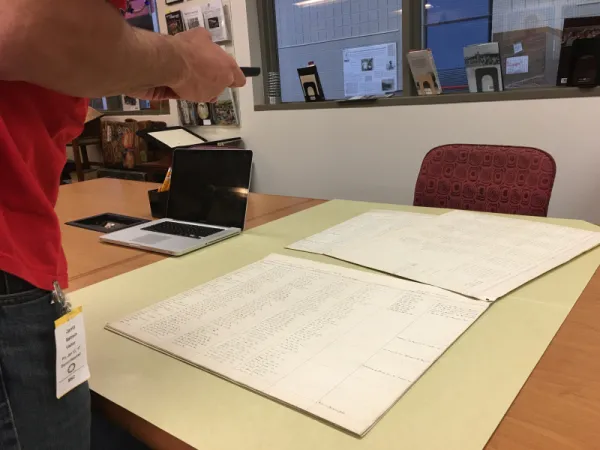
Some of the students had been to D.C. before, but for others it was their first time in the capital. Logan York, a freshman at Miami University, described how much he enjoyed the experience, people, and food. “The trip to Washington, D.C was one of the funnest weeks of my life--from the great food to the great people I got to meet. We went to Washington, D.C to go through archives, but we ended up doing so much more. We grew closer as friends and tribe members, and my enthusiasm for being involved with the tribe tripled. I want to do so much more now--I want to help the tribe grow and grow with the tribe. I learned a lot of language on the trip as well by playing games in Myaamia and speaking it as much as we possibly could. The buildings in D.C. were incredible; from the Lincoln memorial to the Washington monument, they were just breathtaking. We actually walked to every single monument that we could in one afternoon; I think we passed 25,000 steps in a few hours. Every night we ate a different kind of food and it was all incredible. My personal favorite was Cava which we actually ate twice it was so good.”
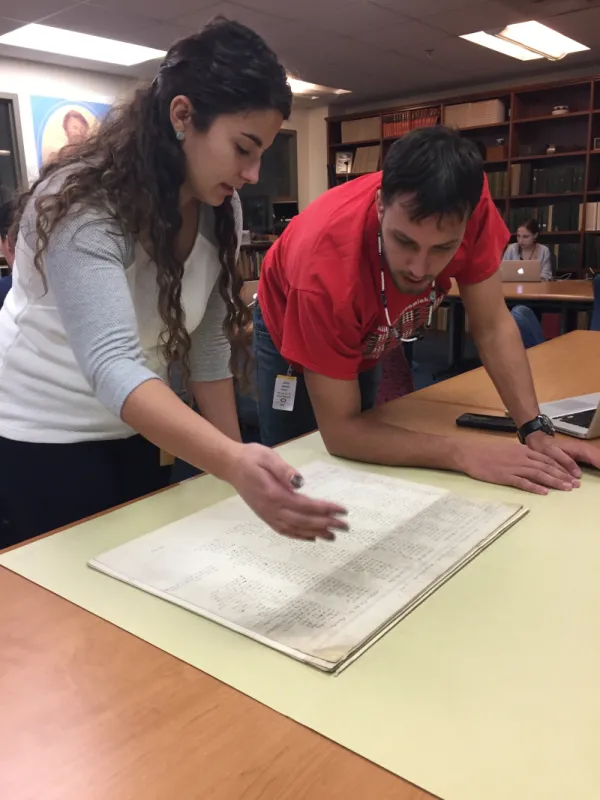
While we indeed had lots of fun, we were there to do important work. Brandon Butcher, a Sophomore at Miami University described the work in the archives this way: “Not everything we did in Washington would be considered fun and games. When we went, we knew that we had a task to do. Breath of Life is an opportunity for individuals in other native nations to study their own language documents similarly to what David Costa and Daryl Baldwin have done with the Myaamia Language. The program lasts two weeks over the summer which provides a finite amount of time to find and properly analyze the primary language documents. Our job was to hunt through the primary documents and mark the important ones for the community researchers in the summer.”
In addition to completing the required work, Brandon reflected on the impact of language revitalization work that has already been done on the Myaamia language. “The Myaamia Nation is also extremely lucky for individuals such as Daryl Baldwin, David Costa and the like. Without their drive to search through the primary documents early on, none of this progress would have happened. They did 10 times the work that me and my peers did and the gratitude the Myaamia Nation owes them is beyond words. Overall, the experience was quite impactful. It really put into perspective how fortunate the Myaamia Nation is for having such extensive resources and for having extremely driven people. Although there’s already been a lot done, there is still more work to do!”
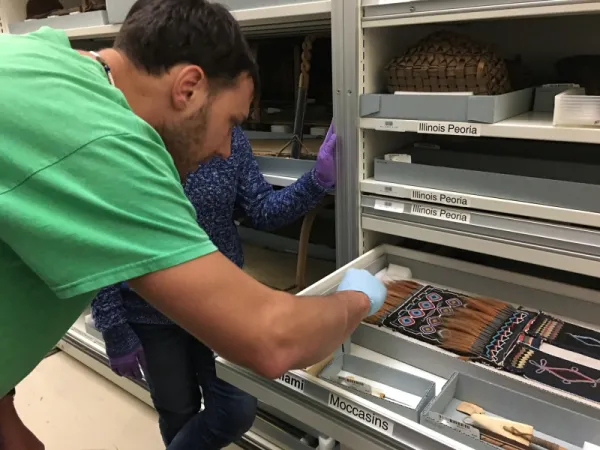
When we had finished reviewing documents for the 2017 Breath of Life, we had some additional time to review Myaamia archival documents. The students started a project where they thought about how they would go about doing language revitalization work from documentation. Katin Angelo, a Junior at Miami University talked about how this project gave her a new perspective on language revitalization. “It was an amazing opportunity to inspect primary documents in the Smithsonian! During my experience, I was able to learn more about language revitalization. This trip piqued my interest in the Myaamia language’s revitalization. We were able to view some of the documents the Smithsonian had on the Myaamia language. We used the extensive records to try and see how the language could have been restored. The other students and I quickly realized how hard the task of revitalizing a language was. Sometimes we forget that all of this hard work has been done for us and how much it has affected our community in a positive way. Our efforts can show others trying to save their language that it is possible to do so!”
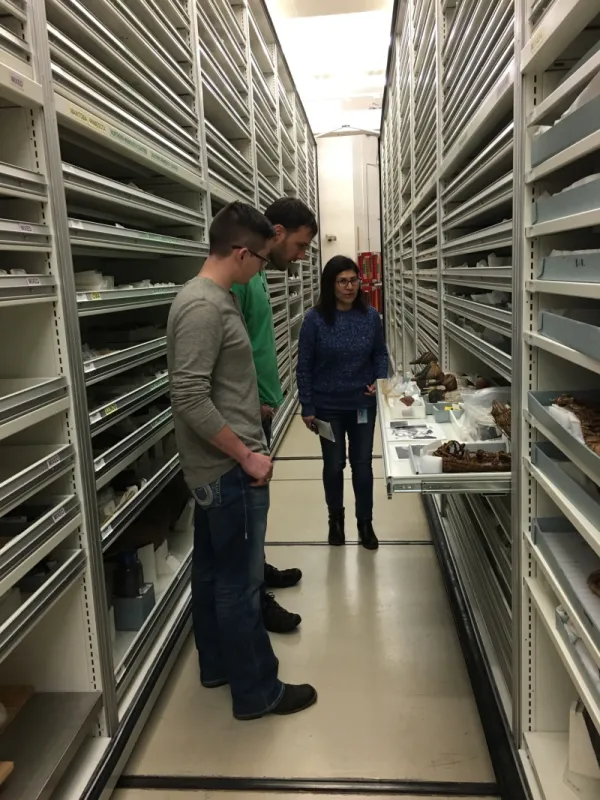
An additional trip that was taken during this week was an afternoon to the Cultural Resources Center (CRC). The CRC is one of three facilities that holds collections for the Smithsonian’s National Museum of the American Indian. The building houses artifacts from hundreds of tribes in North America. Jarrid Baldwin, an employee of the Miami Tribe of Oklahoma and co-leader for the trip, talked about the importance of the trip to see the collections, “During this trip, our team of five was given a behind-the-scenes tour of the collections related to our Miami ancestors. We were able to see and hold artifacts ranging from pipes to handbags to traditional garments. While this was not the first time I had been to the view our collections, it is always a powerful feeling to be able to hold artifacts that were once held by our people hundreds of years ago. It was the first time the others in my group had been to the collections and I could tell that, for them, it was an important afternoon to spend time and connect with their own heritage.”
For me, the trip was much more successful than I ever could have imagined. I gained a deeper understanding of the Breath of Life Institute, which has changed the way that I view the rest of the planning process. The trip made me very excited for the summer institute and learning how other people work through the process of language revitalization. Additionally, I got to spend significant time with some of the students who I work with at Miami University. These are students that I help to advise, but I know that I learned as much from them as they did from me. The week was full of hard work, laughter, and debate. The students helped remind me that they are not just students that I work with, but they are part of my Myaamia family. Coming to this realization has really changed the way that I view my work and my identity within the Myaamia community. It made me realize how much we all grew in our Myaamia identities during that week, and makes me understand much more fully how important the Breath of Life program is to the language revitalization process.
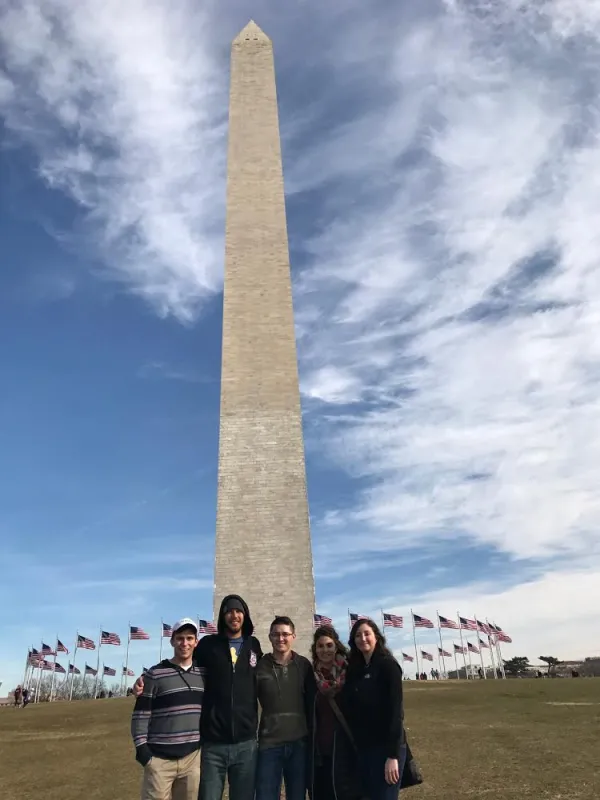
Breath of Life Archival Institute for Indigenous Languages takes place from May 29th-June 9, 2017 in Washington, D.C. Visit Recovering Voices for more information about revitalization efforts at the National Museum of Natural History.Visit www.Myaamiadictionary.org to learn more about Myaamia language, or www.Myaamiacenter.org to learn more about the Myaamia Center at the University of Miami.